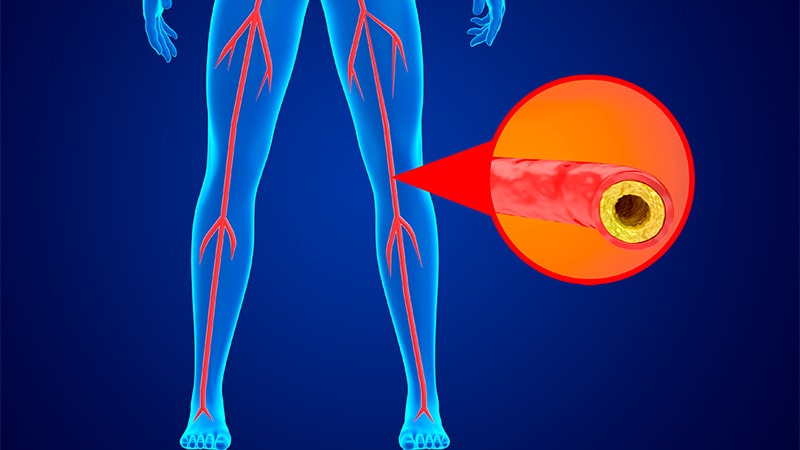According to a new study published in the journal Diabetic Medicine, around 5 per cent of individuals at low risk of diabetic foot ulceration had a change in their clinical risk status, and <1 per cent experienced foot ulceration or amputation after 2 years.
Researchers conducted an observational study of 10,421 individuals with diabetes who attended foot screening in an outpatient setting in NHS Fife, UK.
At two years of follow-up, 5.1 per cent (95% CI, 4.7%-5.6%) of individuals with diabetes who were classified as low risk at their first visit had progressed to moderate risk. The cumulative incidence of ulceration, amputation and mortality among the low-risk individuals was 0.4 per cent (95% CI, 0.3%-0.6%), 0.1 per cent (95% CI, 0.1%-0.2%) and 3.4 per cent (95% CI, 3.1%-3.8%), respectively. Age was significantly associated with an increased risk of ulceration, amputation and mortality, whereas male sex had a significant association with increased mortality risk.
According to the authors, these findings raise “the question of the ideal frequency for foot screening, and whether less frequent screening of people with low-risk feet would be effective and safe." They add that the findings could possibly influence the current UK guidelines on the frequency of foot screening.
Heggie R, Chappell F, Crawford F, Martin A, Gupta S, Hawkins N, Horne M, Leese GP, Lewsey J. Complication rate among people with diabetes at low risk of foot ulceration in Fife, UK: an analysis of routinely collected data. Diabet. Med.2020 Jun 08 [Epub ahead of print]. doi: 10.1111/dme.14339. PMID: 32510602. Abstract.
This article originally appeared on Univadis, part of the Medscape Professional Network.



